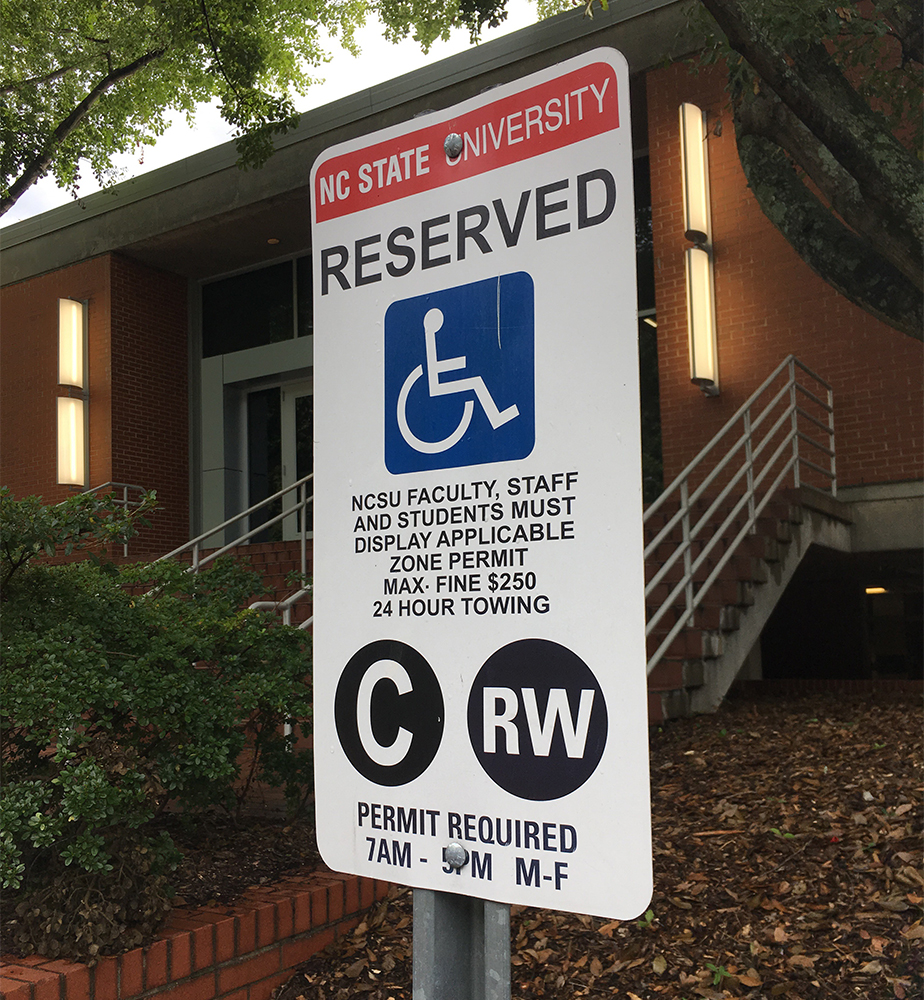How to Overcome Barriers and Make Our Classrooms More Accessible

Sara Trudan/Nubian Message
Kennysha Woods | Managing Editor
“Shifting Our Framework for Supporting Students with Disabilities in the Classroom” is a workshop that focuses on the creation of more inclusive spaces for students with disabilities. NC State’s GLBT Center facilitates the workshop, which is open to faculty, staff, students and members of the local community.
The main goals of “Shifting Our Framework” are to educate attendees about four things: “the barriers that limit access for students with disabilities,” “the impact of barriers on students with disabilities,” the social model of disability, and ways people can develop a more inclusive classroom.
Here are five types of barriers that limit access for and impact students with disabilities, how they’re present in the classroom and possible solutions you can use work through them and increase your classroom’s inclusion. This information is adapted from the NC State GLBT Center’s presentation, “Shifting Our Framework for Supporting Students with Disabilities in the Classroom.”
Architectural/Physical
How They’re Present in the Classroom?: Students who use wheelchairs, scooters and walkers may have difficulty navigating narrow spaces and using desks without customizable heights. Spaces without adequate lighting can make it difficult for lip readers and people with low vision to understand what’s being said during lecture.
What Are Some Solutions?: Configure the seating arrangements in the classroom to accommodate students with transportations aids and lighting needs.
Communication/Information
How They’re Present in the Classroom?: Lectures that are hard to follow and use language that’s difficult to understand present challenges for some students, as well as videos without transcriptions or captions, and class materials that use confusing and/or too-small fonts.
What Are Some Solutions?: Provide clear learning objectives and/or organized notes at each lecture, archive class materials online that students can access at any time, and ensure that students who need text in Braille or large print receive course materials with those accommodations.
Technological
How They’re Present in the Classroom?: Some software and electronic course materials are not accessible to screen readers or Alt Text.
What Are Some Solutions?: Ensure that your electronic course materials are accessible to screen readers, Alt Text, and other similar programs.
Organizational/Systemic
How They’re Present in the Classroom?: Actions such as limiting the ways students can express their understanding of the course objectives and holding only in-person office hours can be problematic for students that have difficulty communicating their thoughts effectively. This particular barrier is often enforced unintentionally via grading rubrics.
What Are Some Solutions?: Make sure the grading rubrics are clear, understandable and provided ahead of time, diversify the methods you use to engage and assess students, and provide options for individual assessments.
Attitudinal
How They’re Present in the Classroom?: Students with disabilities can feel singled-out when people make assumptions about them based on their disabilities and misconstrue their needed accommodations as advantages or favors.
What Are Some Solutions?: Communicate with your classes about disabilities to raise awareness and understanding of what accessibility is and why it’s important for an inclusive classroom.
- Categories: